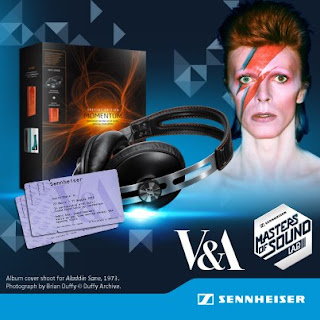Open source, user-generated, distributive, democratisation... there's a lot of things for free on the internet, and a lot of it is not only useful, but excellently well-positioned. But can we find as much quality visual content in the physical - rather than just virtual - world, particularly in our 'vacant' spaces?
After having explored the internet for an alternative to 'the online exhibition' concept (which I have a few problems with), I found a completely different kind of computer-based medium through which some really fascinating pieces of art can be shown. Idle Screenings shows work on a computer only when a computer is not being used. As a way of exploring contemporary culture's online presence, the use of streaming original artworks through a desktop device (as interface between virtual and physical) is extremely effective - and is executed through the use of our old favourite accessory: the screensaver.
A selection of incredibly interesting pieces all investigate similar themes, resulting in that half-nostalgic, half-creepy homogenized aesthetic that has become the 'internet-looking' art that you might find on a (cynical) tumblr page. Questioning values of mass-market products and content - as can be seen in Kim Laughton's screensaver (below) through the use of the iPhone/coke can/shuttlecock kaleidoscope - is a recurring theme amongst many of the past exhibits. Also, ideas of virtual/online presence and habitat come to mind, and suggest an array of disorientated perspectives.
In contrast to the progressive, computer based (and mostly animated) work exhibited through Idle Screenings, another contemporary art organisation intends on publicly broadcasting much more 'classic' pieces - although their means of doing so is similarly nontraditional. Art Everywhere also aims to occupy the empty visual channels within society - but instead of using the idle computer screen window as medium, this organisation has realised the potential of public billboard space as a means of displaying art. In an attempt to "turn the UK into the world's largest art gallery this summer!", spaces all over both rural and urban environments all over the country will be plastered with classic masterpieces - offering all of us the opportunity to receive some incredible visual content in our day-to-day lives for nothing (alternatively, you can support the event by donating). Either way, embellishing the defunct, shadowy spaces in contemporary culture can only be a good thing, and it is interesting to consider the concept both virtually (Idle Screenings) and physically (Art Everywhere). Without meaning to - or perhaps very directly - both projects look at how and where we place our attention; although there will always be some people who simply don't care either way, the appreciation that many people (will) have for the goals of both projects stands as an illustration of our own perceptions of visual culture.









